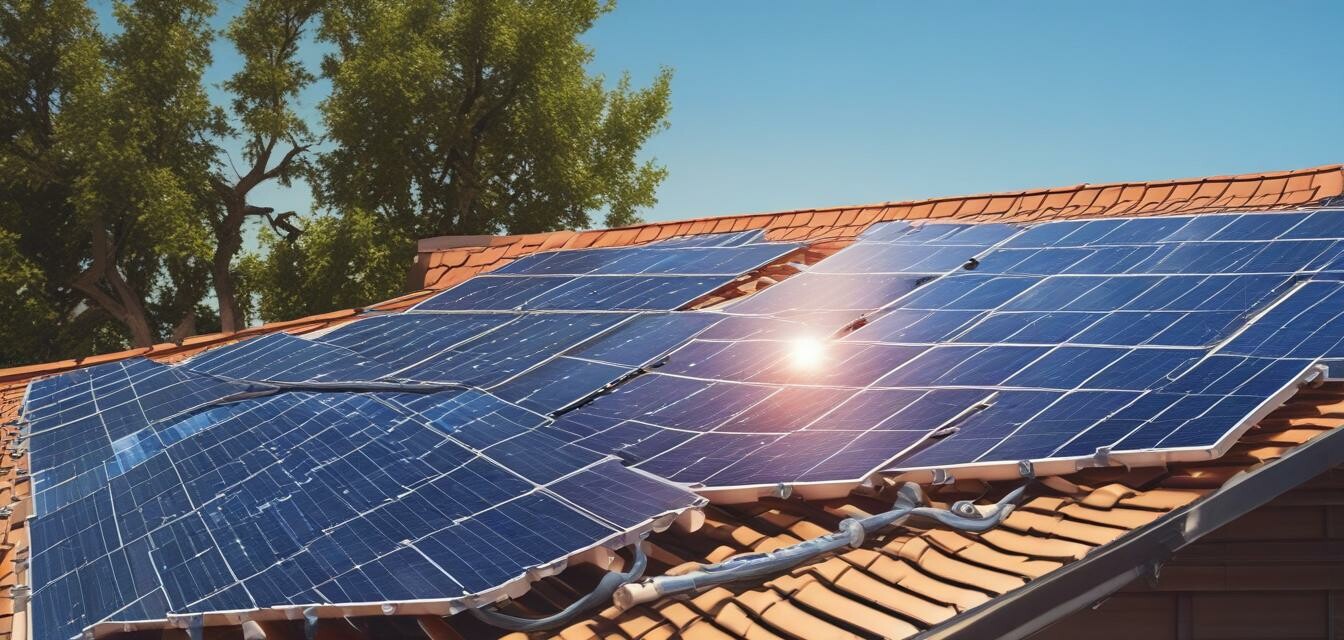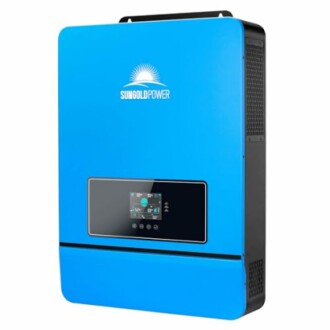
How to Retrofit Your Solar System with New Technology
Key Takeaways
- Retrofitting increases the efficiency of your solar system.
- Implementing new technology can lead to better energy management.
- Options like battery storage and smart inverters enhance reliability.
- Regular upgrades keep your system aligned with the latest technology trends.
If you're tired of your existing solar system underperforming or looking to maximize efficiency, retrofitting with new technology can be a game-changer. In this article, we’ll cover essential upgrades and tips to help you enhance your solar setup and provide a detailed guide on implementing various technologies efficiently.
Why Retrofit Your Solar System?
- Enhanced Performance: New technologies can significantly improve the energy output.
- Future-Proofing: Staying updated with the latest advancements ensures longevity.
- Cost Efficiency: Improved systems can ultimately lead to lower energy bills.
Key Components for Retrofitting
The retrofitting process involves various components. Let's take a look at what you need to consider:
| Component | Description | Benefits |
|---|---|---|
| Battery Storage | Storing excess electricity for use when solar production is low. | Increased energy independence and reduced wastage. |
| Charge Controllers | Regulates voltage and current from solar panels to batteries. | Prevents overcharging and extends battery life. |
| Inverters | Convert DC from solar panels into AC for home use. | Improves energy conversion efficiency, especially hybrid models. |
Recommended Upgrades
Here are some specific upgrades worth considering for retrofitting your solar system:
- 48V 150Ah Wall Mounted Lithium LiFePO4 Deep Cycle Rechargeable Battery: This new battery technology provides over 6000 life cycles and is perfect for energy storage solutions.
SUNGOLDPOWER 10000W DC 48V Solar Inverter
An all-in-one solar charge inverter designed with built-in MPPT solar controllers that optimize battery charging and power output.
Learn More- Smart Charge Controllers: Implementing the right charge controller will enhance your system's management.
Steps to Retrofit Your Solar System
- Assess Your Current System: Take stock of your existing components to identify necessary upgrades.
- Choose Suitable Technology: Research and select the most suitable technology suited for your needs and budget.
- Install New Components: Follow installation guidance or hire professionals for complex installations.
- Monitor Performance: Use monitoring tools to track energy output and efficiency.
Potential Challenges and Solutions
Retrofitting might come with a unique set of challenges. Below we outline common problems and how to overcome them:
| Challenge | Solution |
|---|---|
| Compatibility Issues | Carefully vet new technologies to ensure they work with your existing setup. |
| Installation Complexity | Consider hiring a professional for complex installations. |
| Cost Management | Start with essential upgrades and phase enhancements over time. |
Conclusion
Investing in retrofitting your solar system with new technologies not only boosts your energy production but also offers a sustainable path towards grid independence. Through careful planning, selecting the right components, and implementing the latest advancements, you can significantly enhance your solar power system.
Tips for Beginners
- Start small with battery storage before upgrading other components.
- Research different systems to understand their benefits and drawbacks.
- Engage with communities and forums for firsthand experiences.
Pros
- Improved energy efficiency and output.
- Enhanced reliability and independence from utility.
- Potentially lower electric bills over time.
Cons
- Initial investment costs can be high.
- Need for professional installation can add to expenses.
- Compatibility issues with older systems.
Ready to boost your energy production? Explore more about battery storage solutions in our Battery Storage category today!
Feeling inspired? Check out other DIY projects we offer to enhance your grid independence experience.



